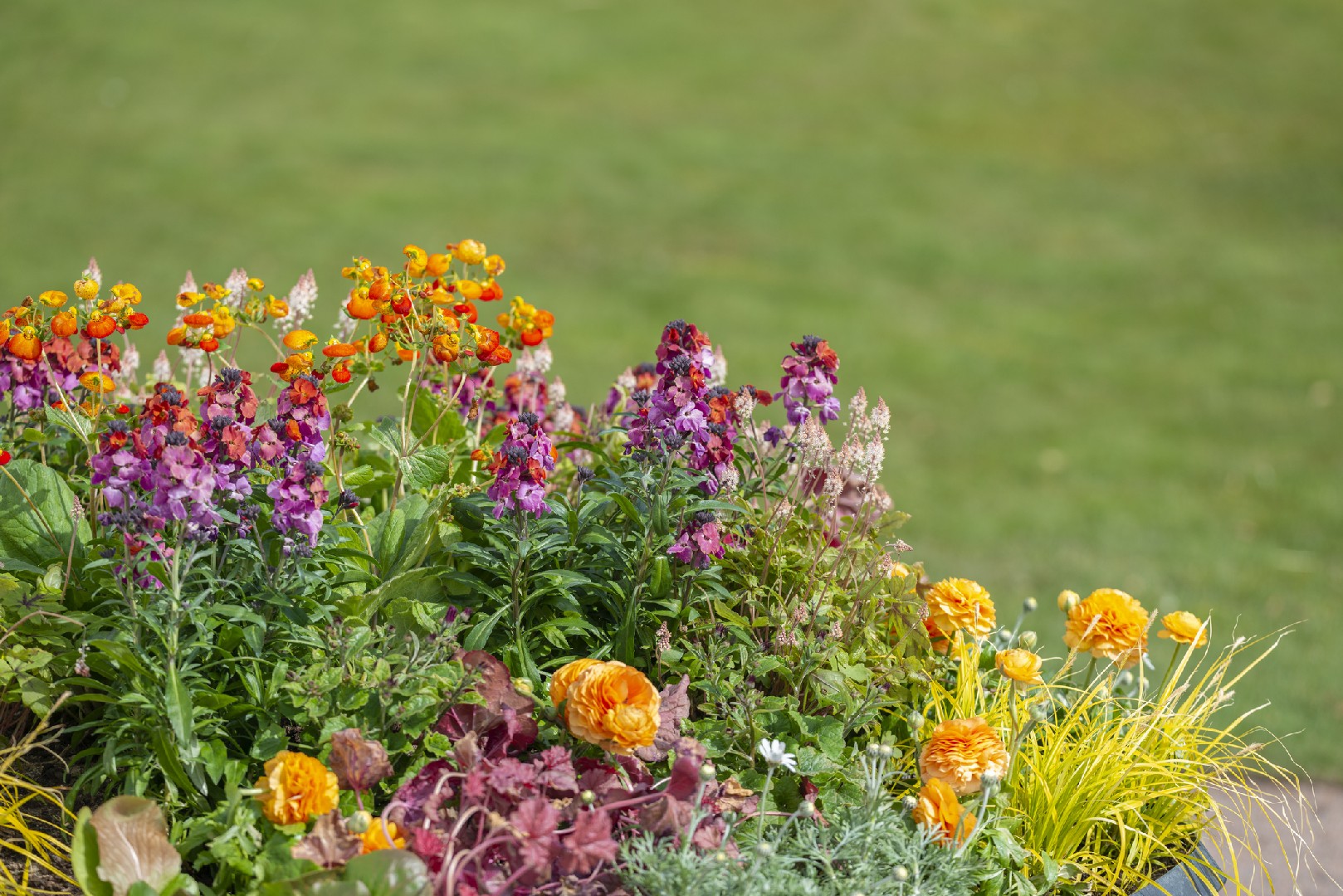![Rectangle]()
How to Install Flower Bed Edging
Installing flower bed edging is an essential step in creating a tidy and organized garden space. Not only does it enhance the overall look of your garden, but it also helps to define the boundaries of your flower beds and prevent them from encroaching on your lawn or walkways. In this section, we will guide you through the process of installing flower bed edging, from the initial planning to the planting stages.
Before you begin the installation process, it's important to have a plan in place. Start by measuring the length of your flower bed borders to determine how much edging material you will need. Consider the style and theme of your garden when choosing the type of edging material. For a classic and timeless look, consider using brick or stone edging. If you prefer a more modern and contemporary look, plastic or metal edging may be a better option.
Once you have your edging material selected, it's time to gather the necessary tools and supplies. Depending on the type of edging material you choose, you may need a shovel, a rubber mallet, a level, and stakes. If you're using plastic or metal edging, you will also need a utility knife to cut the material to the desired length.
To begin the installation, you'll first need to mark the outline of your flower beds. Use a garden hose or a length of rope to create a smooth curve or straight line, depending on the shape of your flower beds. Once you're satisfied with the layout, use a shovel to dig a narrow trench along the marked line. The depth of the trench should be slightly deeper than the height of the edging material.
Next, place the edging material into the trench, making sure it is level and secure. If you're using brick or stone edging, use a rubber mallet to tap the pieces into place. For plastic or metal edging, simply slide the pieces together until they lock into place.
After installing the edging, backfill the trench with soil, pressing it firmly against the edging to hold it in place. Water the soil to help settle it and ensure a stable foundation for your flower bed edging.
During the installation process, you may encounter some challenges, such as uneven ground or roots in the way. If you're dealing with uneven ground, use a level to ensure the edging is straight and level. If you encounter roots, carefully cut them using a utility knife to allow the edging to sit flush against the ground.
In conclusion, installing flower bed edging is a simple yet important step in creating a neat and cohesive garden space. By following the steps outlined in this section, you can easily install flower bed edging that enhances the beauty of your garden while keeping it well-organized. Remember to choose the right edging material for your garden style, gather the necessary tools and supplies, and troubleshoot any challenges that may arise during the installation process. With a little effort and planning, you'll have beautiful flower bed edging that will impress your neighbors and add value to your outdoor space.





